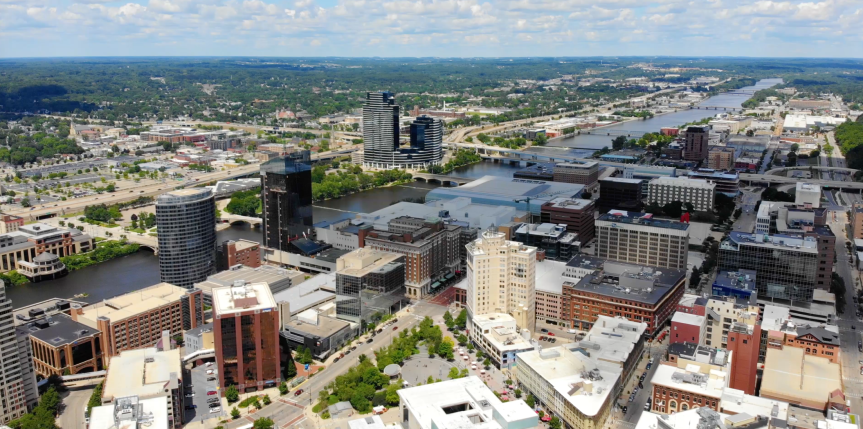The Future of Commercial Real Estate in Urban Areas
By Natalie Jones / 09.15.21 / 3 min read
Even with the challenges that the commercial real estate industry has faced since early 2020, the urban landscape has demonstrated resilience that continues to draw people to the city, especially young professionals.
Secondary and suburban markets have grown following the COVID-19 pandemic, yet cities have a strong appeal for three reasons:
- Gen Z wants to live in cities
The “youthification” that is anticipated to stay in the urban area brings a fresh talent pool that brings and maintains employers to the city, creating demand for office space. During the second quarter of 2021, tech companies leased 3.4 million square feet. As firms search for young talent and secure office buildings, real estate sectors including multifamily, industrial, and retail are expected to experience benefits as well. - The urban area has the normal office experience that many prefer
Eden Workplace reports that 85% of surveyed office workers look forward to being in the office again. The city offers a variety of perks related to the office environment that employees miss such as walkability, transportation options, and places to socialize and shop among other benefits. - Companies enjoy the convenient hub found in cities
Not only do employees appreciate everything that surrounds a downtown office building, but companies do as well. Accessibility remains key for employers who look for amenities, conference centers, and entertainment in addition to young talent.
Although the city environment appeals to younger individuals through what it currently offers, experts say that there is a way to restructure office buildings to pull in a diverse population. Despite the number of modern buildings and the demand for space, there are empty, outdated offices.
A potential solution to this is to turn these into residential housing units. This can bring in revenue, alleviating the issue of higher taxes for commercial real estate, and grow the number of housing opportunities.
The Brookings Institute’s report highlights other positives that come with this solution.
“It will all but certainly shorten commutes, and/or increase the viability of transit, walking and bicycling. The conversion of obsolete offices in prime locations, especially downtowns, to for-sale or multifamily rental housing will also increase downtown vibrancy and grow communities of opportunity. Strong housing demand in these locations means the financial and fiscal gap between offices and housing are the narrowest and most feasible to close (such as through federal tax credits).”
Discussions surrounding a new purpose for old office buildings have been fueled by the recent Revitalizing Downtowns Act from legislation. This would support the redevelopment of these buildings into residential or mixed-use properties through a new federal tax credit. The intent is to benefit families by providing affordable living options, small businesses, and cities altogether.
Now and into the future, the urban landscape will be shaped by young professionals who are attracted to the city lifestyle. This, combined with the potential for office redevelopment, are two reasons why this sector is bound to flourish in the coming years.
To read our sources, click here:
Why Urban Commercial Real Estate is Here to Stay
Converting Commercial Real Estate into Residential Units Could Benefit Cities and Counties








